|
Alex just got back from spending 2 weeks in Costa Rica with the Forman School Rainforest Project. This project, now in its 24th year, teams up high school students from Litchfield, Connecticut with researchers to conduct studies in the rainforest. This year students conducted projects examining the strength of spider silk, banded neotropical migrant birds, tracked mammals throughout the preserve, recorded animal sounds for Cornell's Macaulay Library, and conducted surveys of the herpetofauna in the buffer zone of Braulio Carrillo National Park. This research was all conducted within the neighboring reserves of Selvatica and Rara Avis. These sites are home to an incredible diversity of plants and animals, and neighbor one of the largest and most unexplored national parks in Costa Rica. The 2016 Spider Team extracting silk from a Nephila clavipes. The silk of these spiders is one of the strongest natural fibers. These students, and the teams before them, have been investigating the sustainable extraction and use of this silk. The 2016 Bird Team mist netted birds throughout the reserve. This year they banded a number of migrants, and recaptured one that was first banded more than 5 years ago. This year's mammal team placed radio collars on a bat and 2 possums this year and tracked their movements. They also mist netted bats to begin assembling a species list for the area, deployed camera traps (capturing a puma and a margay!), and began mapping tapir and peccary movements along the trails. The Bioacoustics Team records bird, frog, and insect songs for the Cornell Lab of Ornithology. These recordings can be used in the future for remote biodiversity assessments using auto-identification software (think Shazam for nature!). And last, but certainly not least, the 2016 Reptiles and Amphibians Team! This years team worked alongside Alex and Dr. Twan Leenders (Roger Tory Peterson Institute of Natural History) to survey the herpetofauna of the reserve and collect data on the prevalence of chytrid. They swabbed over 200 frogs, salamanders, and tadpoles in less than 2 weeks.
1 Comment
|
Archives
June 2024
CATENAZZI LABNews from the lab Categories |
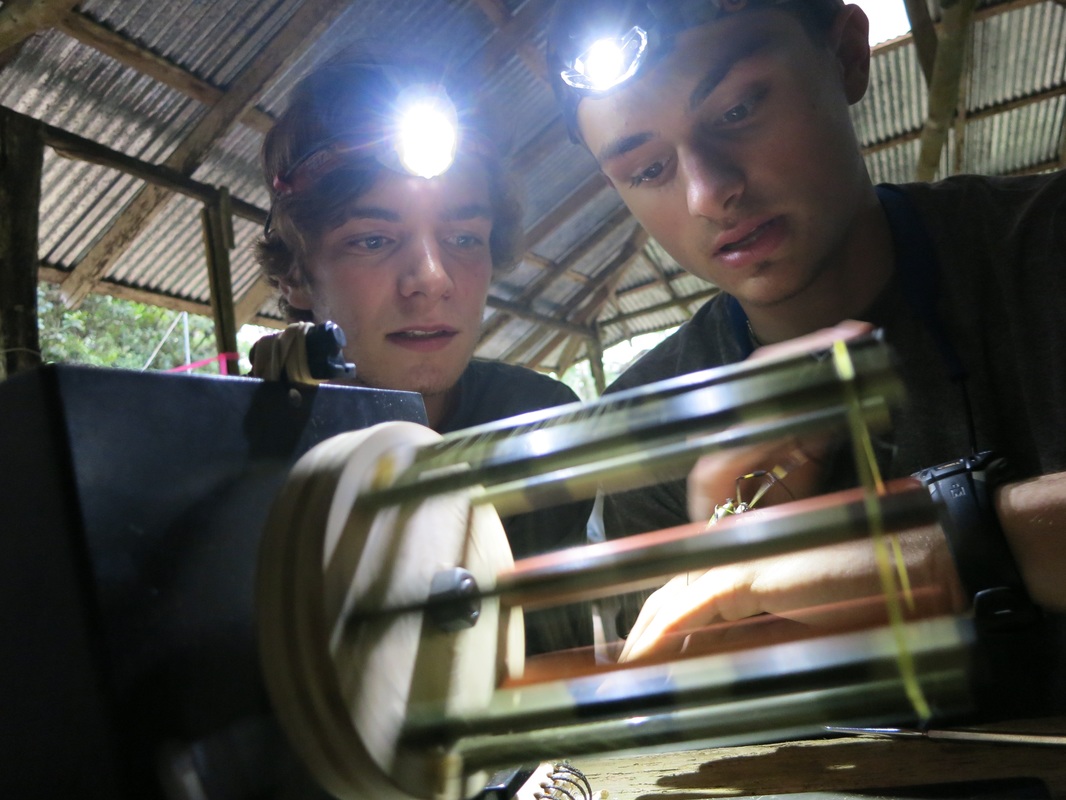
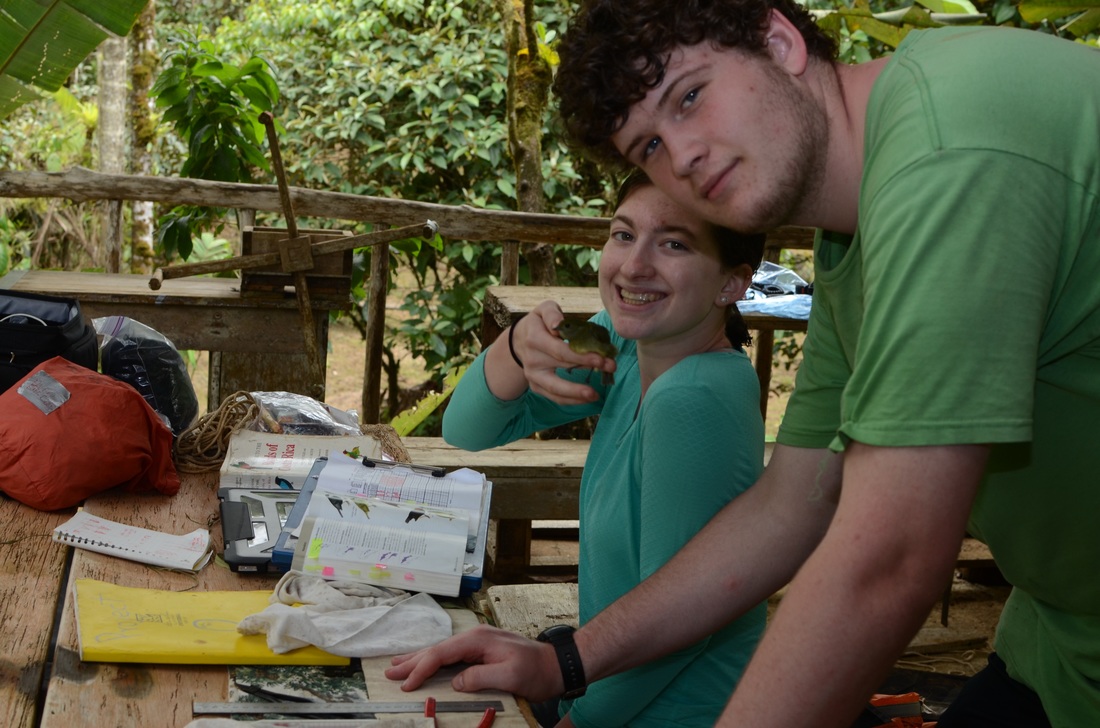
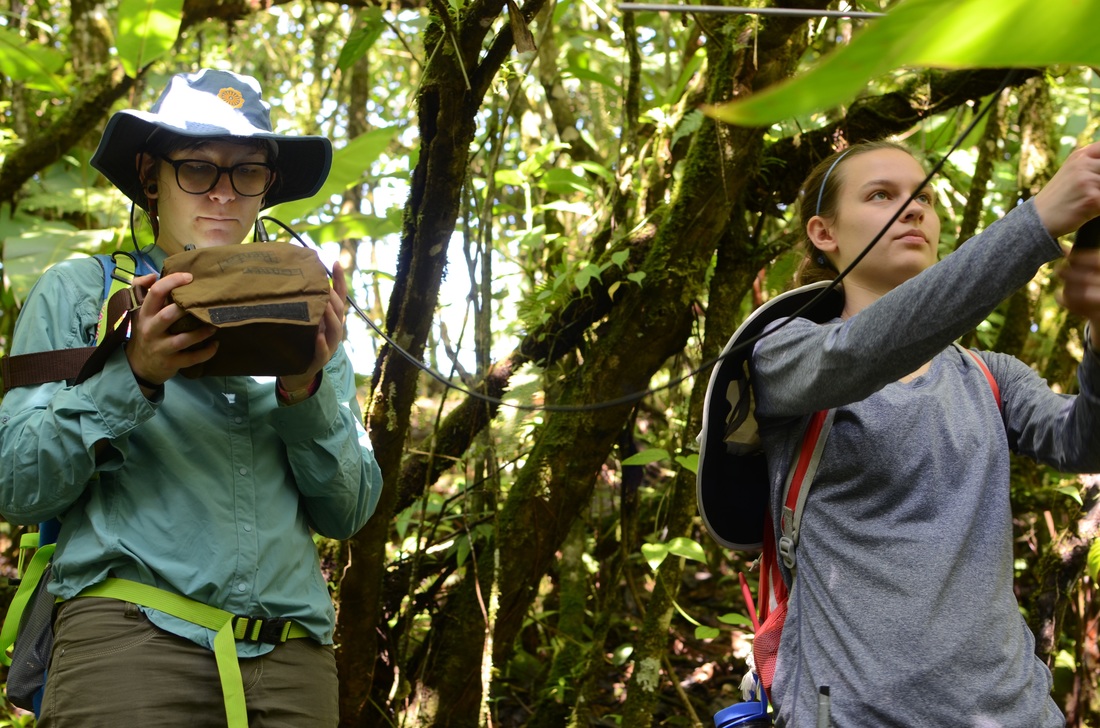
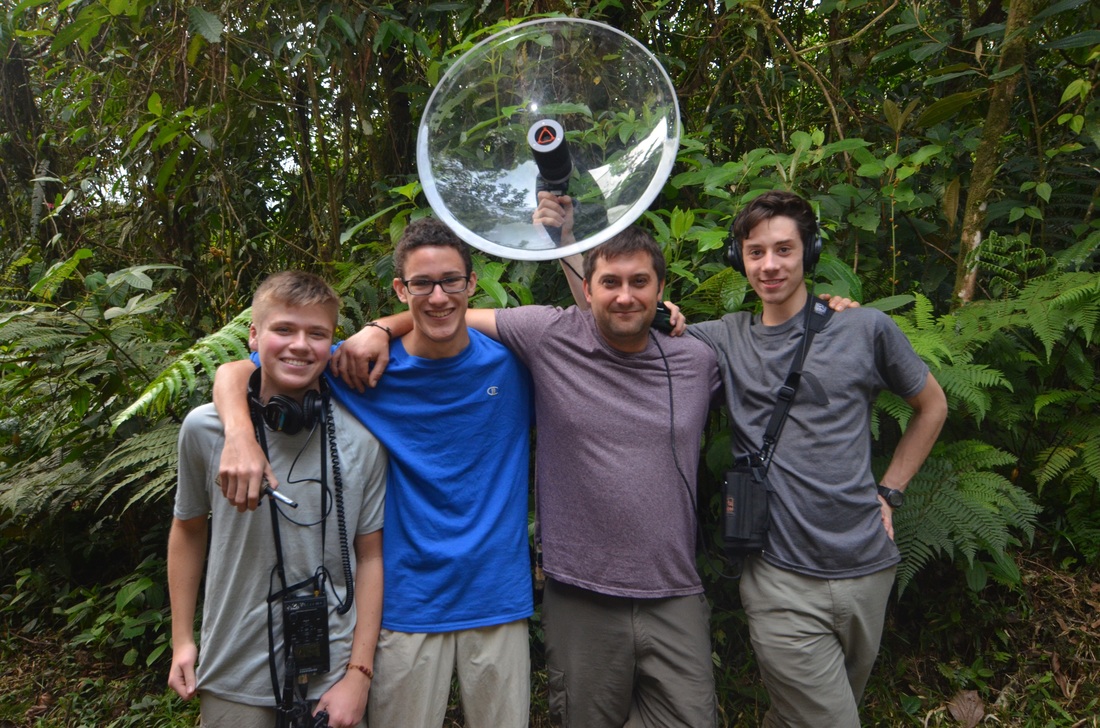
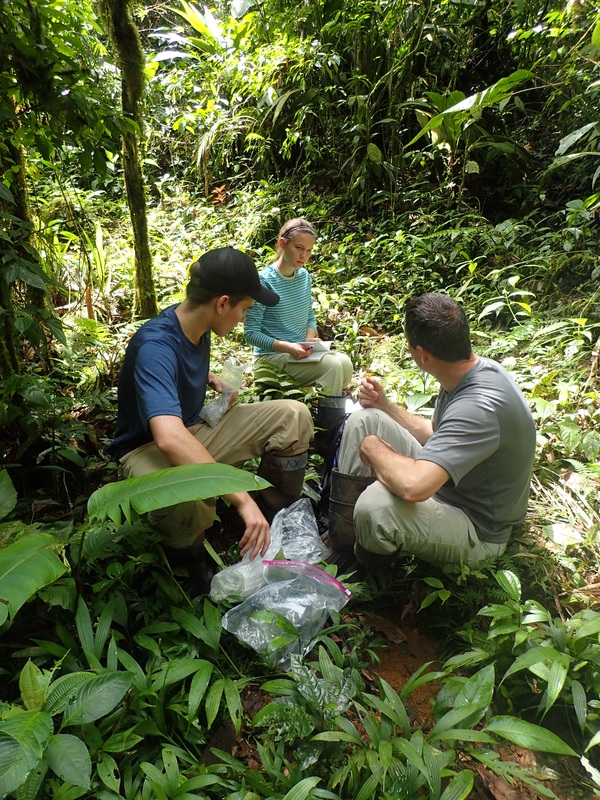
 RSS Feed
RSS Feed